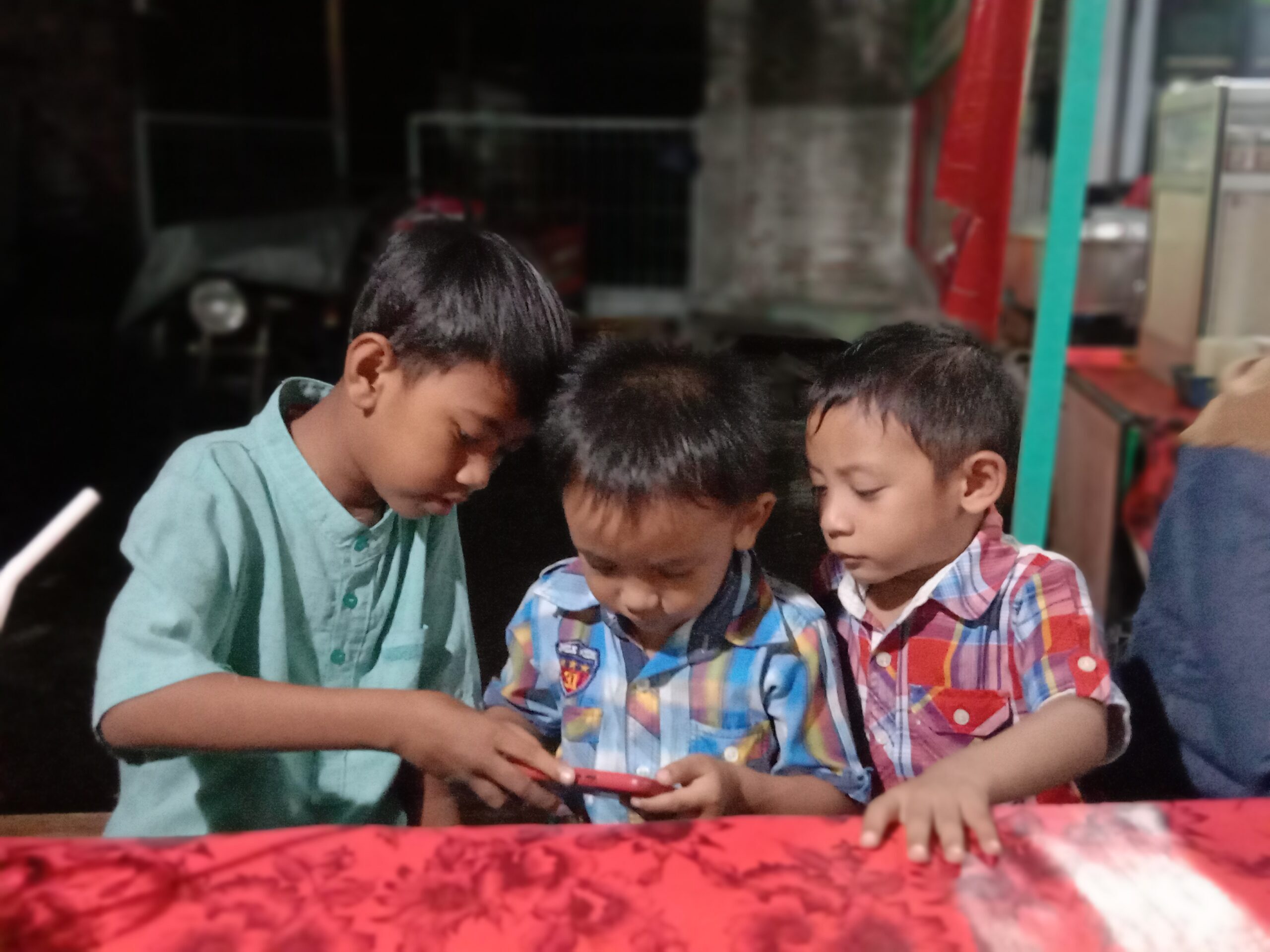STORY
July 23, 2020 | The New York Times, ProPublica
BY ABRAHM LUSTGARTEN AND MERIDITH KOHUT Donate Now
ALTA VERAPAZ, GUATEMALA. Carlos Tiul, an Indigenous farmer whose maize crop has failed, with his children. Image by Meridith Kohut. Guatemala, 2020.
This article, the first in a series on global climate migration, is a partnership between ProPublica and The New York Times Magazine, with support from the Pulitzer Center. Read more about the data project that underlies the reporting.
Early in 2019, a year before the world shut its borders completely, Jorge A. knew he had to get out of Guatemala. The land was turning against him. For five years, it almost never rained. Then it did rain, and Jorge rushed his last seeds into the ground. The corn sprouted into healthy green stalks, and there was hope — until, without warning, the river flooded. Jorge waded chest-deep into his fields searching in vain for cobs he could still eat. Soon he made a last desperate bet, signing away the tin-roof hut where he lived with his wife and three children against a $1,500 advance in okra seed. But after the flood, the rain stopped again, and everything died. Jorge knew then that if he didn’t get out of Guatemala, his family might die, too.
Even as hundreds of thousands of Guatemalans fled north toward the United States in recent years, in Jorge’s region — a state called Alta Verapaz, where precipitous mountains covered in coffee plantations and dense, dry forest give way to broader gentle valleys — the residents have largely stayed. Now, though, under a relentless confluence of drought, flood, bankruptcy and starvation, they, too, have begun to leave. Almost everyone here experiences some degree of uncertainty about where their next meal will come from. Half the children are chronically hungry, and many are short for their age, with weak bones and bloated bellies. Their families are all facing the same excruciating decision that confronted Jorge.
ALTA VERAPAZ. An ear of maize from a failed crop. Image by Meridith Kohut. Guatemala, 2020.
The odd weather phenomenon that many blame for the suffering here — the drought and sudden storm pattern known as El Niño — is expected to become more frequent as the planet warms. Many semiarid parts of Guatemala will soon be more like a desert. Rainfall is expected to decrease by 60 percent in some parts of the country, and the amount of water replenishing streams and keeping soil moist will drop by as much as 83 percent. Researchers project that by 2070, yields of some staple crops in the state where Jorge lives will decline by nearly a third.
Scientists have learned to project such changes around the world with surprising precision, but — until recently — little has been known about the human consequences of those changes. As their land fails them, hundreds of millions of people from Central America to Sudan to the Mekong Delta will be forced to choose between flight or death. The result will almost certainly be the greatest wave of global migration the world has seen.
In March, Jorge and his 7-year-old son each packed a pair of pants, three T-shirts, underwear and a toothbrush into a single thin black nylon sack with a drawstring. Jorge’s father had pawned his last four goats for $2,000 to help pay for their transit, another loan the family would have to repay at 100 percent interest. The coyote called at 10 p.m. — they would go that night. They had no idea then where they would wind up, or what they would do when they got there.
From decision to departure, it was three days. And then they were gone.
https://pulitzercenter.org/reporting/great-climate-migration

